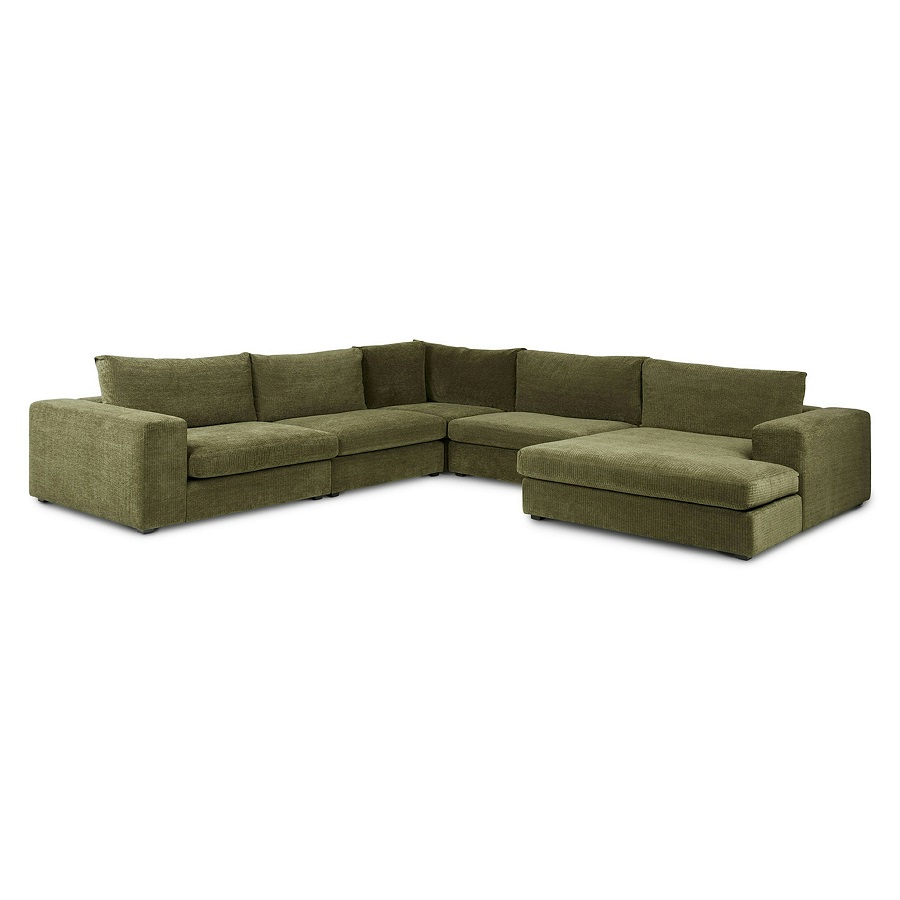Introduction: Unraveling the Mattress Mystery
In recent years, the bedding industry has seen a surge in innovative materials and designs, promising better sleep and enhanced comfort. Among these advancements, Purple mattresses have garnered significant attention for their unique grid structure and claims of pressure relief. However, concerns have arisen regarding the presence of fiberglass in these mattresses, sparking debates and confusion among consumers. This article aims to fact-check these allegations thoroughly, examining the composition of Purple mattresses, addressing the fiberglass issue, and exploring potential alternatives and solutions for concerned customers.
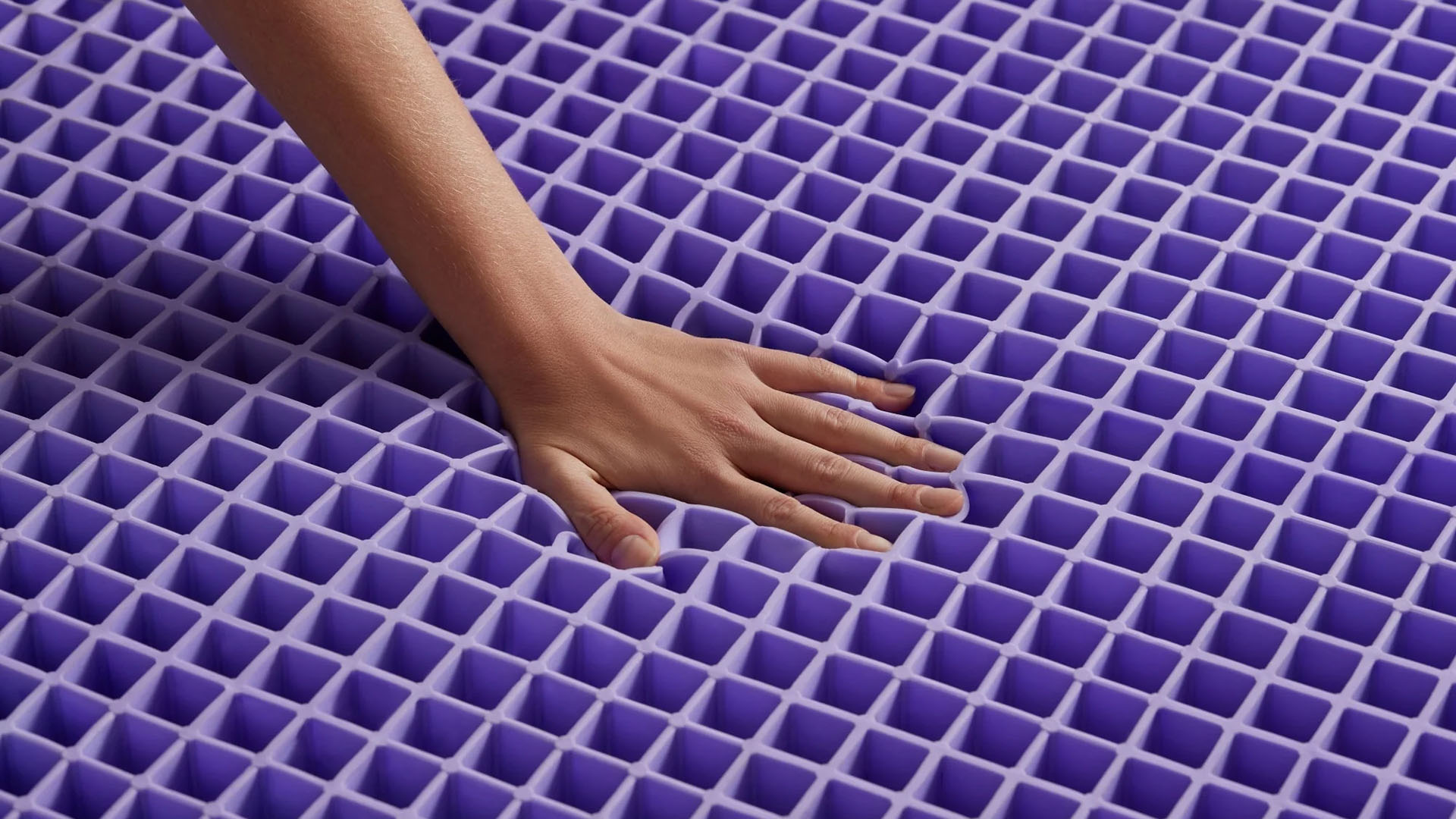
Understanding Purple Mattresses: A Brief Overview
Purple mattresses are distinguished by their proprietary Purple Grid, a hyper-elastic polymer material arranged in a grid formation. This grid is designed to adapt to body contours, offering support and relieving pressure points. The mattress is constructed with layers of foam and encased in a removable, washable cover. The company markets its products as non-toxic, CertiPUR-US certified, and free from harmful chemicals typically found in conventional mattresses.
The Origins of the Fiberglass Controversy
Rumors about fiberglass in Purple mattresses first surfaced after some customers reported finding glass-like particles in or around their beds. This discovery sparked alarm, leading to questions about the safety of Purple products. It’s crucial to note that the original Purple mattresses did not intentionally incorporate fiberglass; however, the issue arose from the use of a thin fiber layer beneath the outer cover. This layer, intended as a fire barrier, could contain glass fibers under certain circumstances.
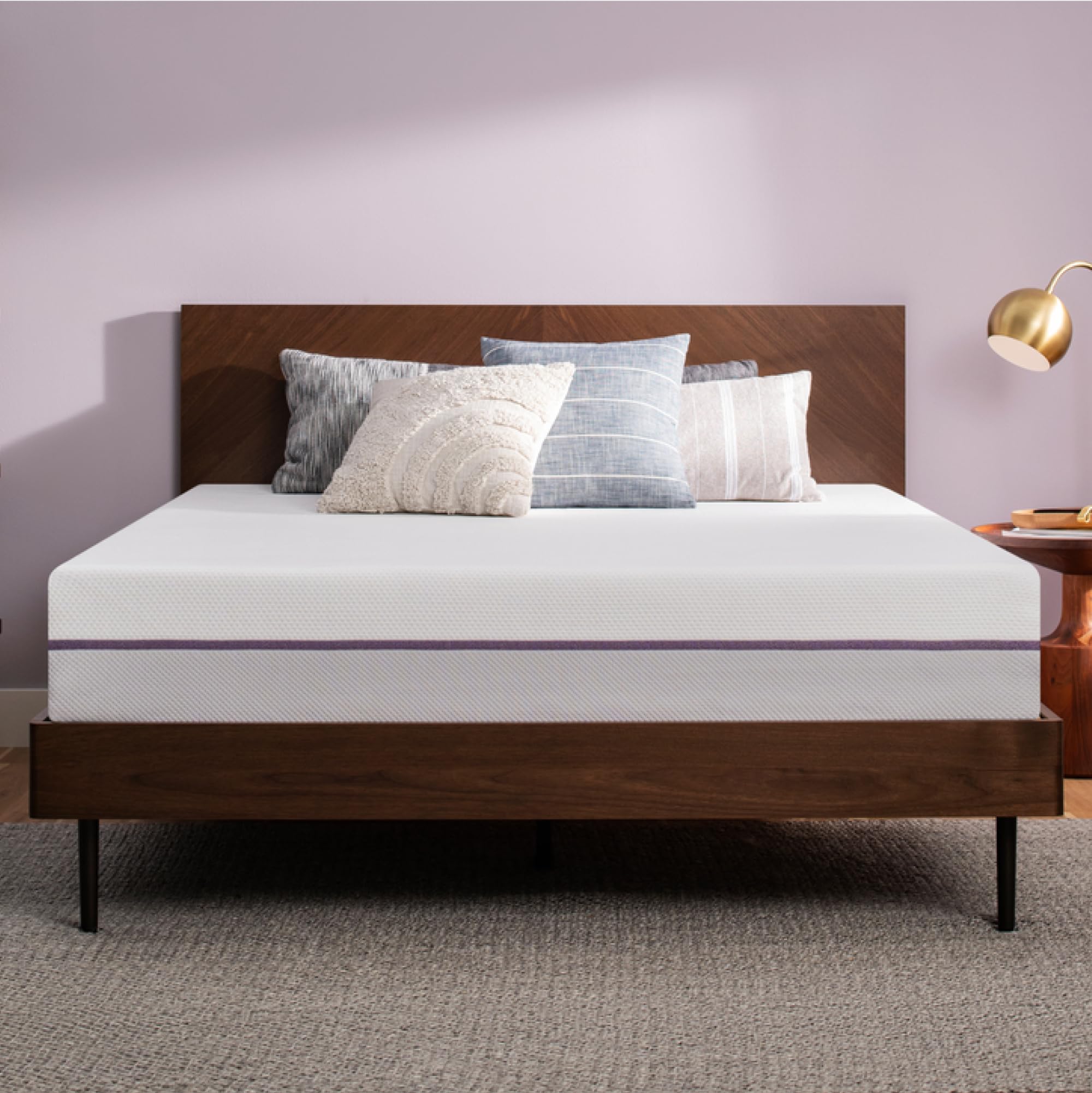
Purple’s Response and Product Modifications
In response to consumer concerns, Purple took swift action, acknowledging the unintentional shedding of glass fibers from the fire barrier and emphasizing the importance of customer safety. They reformulated their product line, replacing the previous fire barrier material with a non-fiberglass alternative. The updated mattresses now feature a proprietary, non-toxic silica-based fire barrier, which eliminates the risk of fiberglass exposure. Purple also offered a free kit to existing customers to replace the original fire barrier cover with the new, safer version.
Health Concerns Associated with Fiberglass
To understand the gravity of the situation, it’s essential to discuss the health implications of fiberglass exposure. When inhaled or coming into contact with skin, fiberglass particles can cause irritation, itching, and discomfort. In rare cases, prolonged or excessive exposure may lead to respiratory issues or skin infections. However, it’s important to stress that these effects are associated with direct exposure to loose fiberglass and not with properly contained or encapsulated materials.
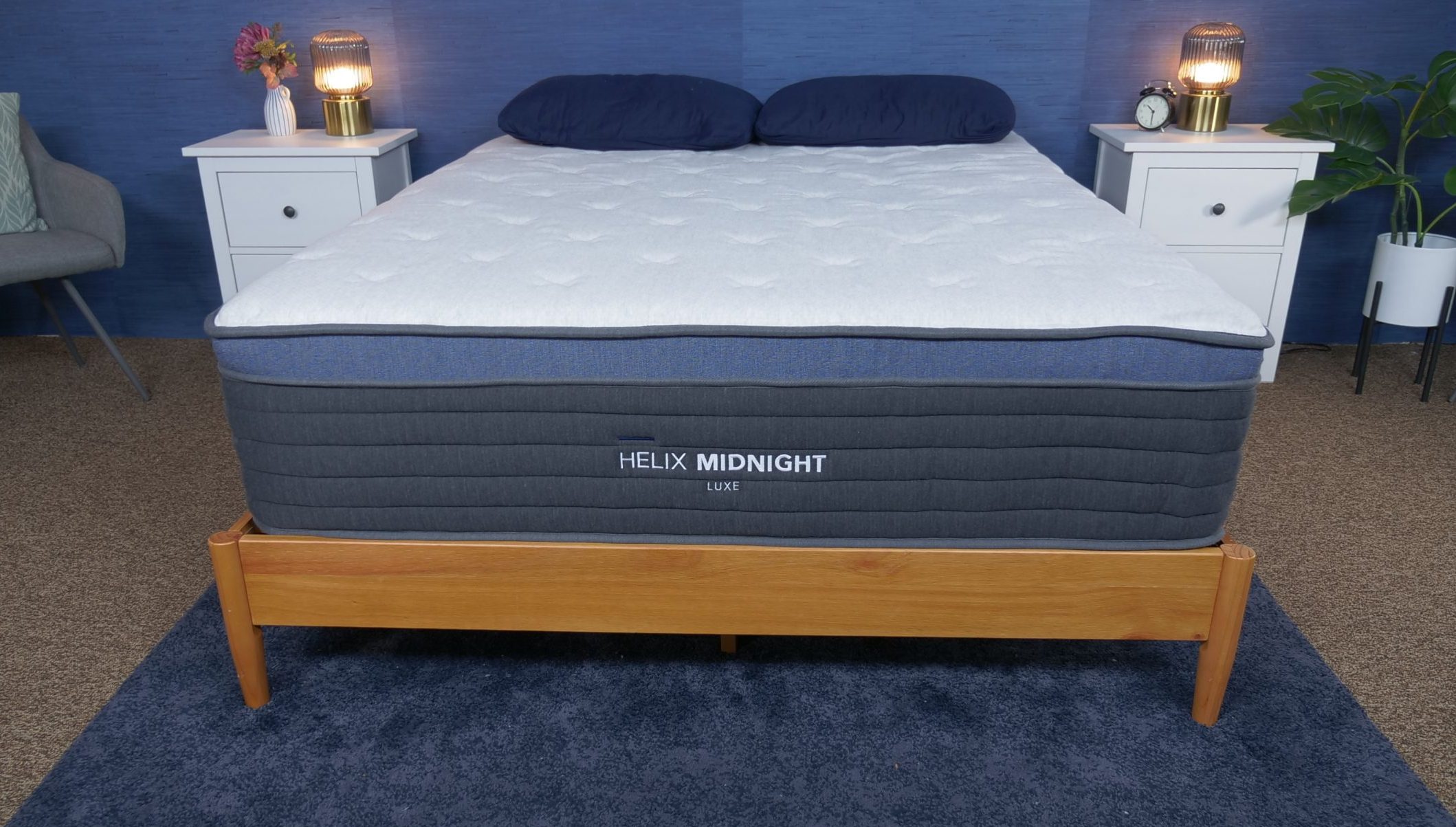
Misconceptions Clarified: Current Purple Mattresses and Fiberglass
Given Purple’s proactive approach and modifications to their product design, it’s inaccurate to state that current Purple mattresses contain fiberglass. The company’s adoption of a silica-based fire barrier ensures that their mattresses are free from this controversial material. It’s crucial for consumers to verify the manufacturing date of their Purple mattress, as those produced post-modification do not pose the same risks associated with earlier iterations.
Customer Responsibility and Maintenance
While Purple has addressed the fiberglass concern, it’s essential for owners to follow proper care instructions to prevent accidental damage to the fire barrier layer. This includes avoiding machine washing the inner components of the mattress and refraining from removing any non-user removable parts. Regular cleaning of the washable cover can help maintain hygiene without compromising the integrity of the mattress.
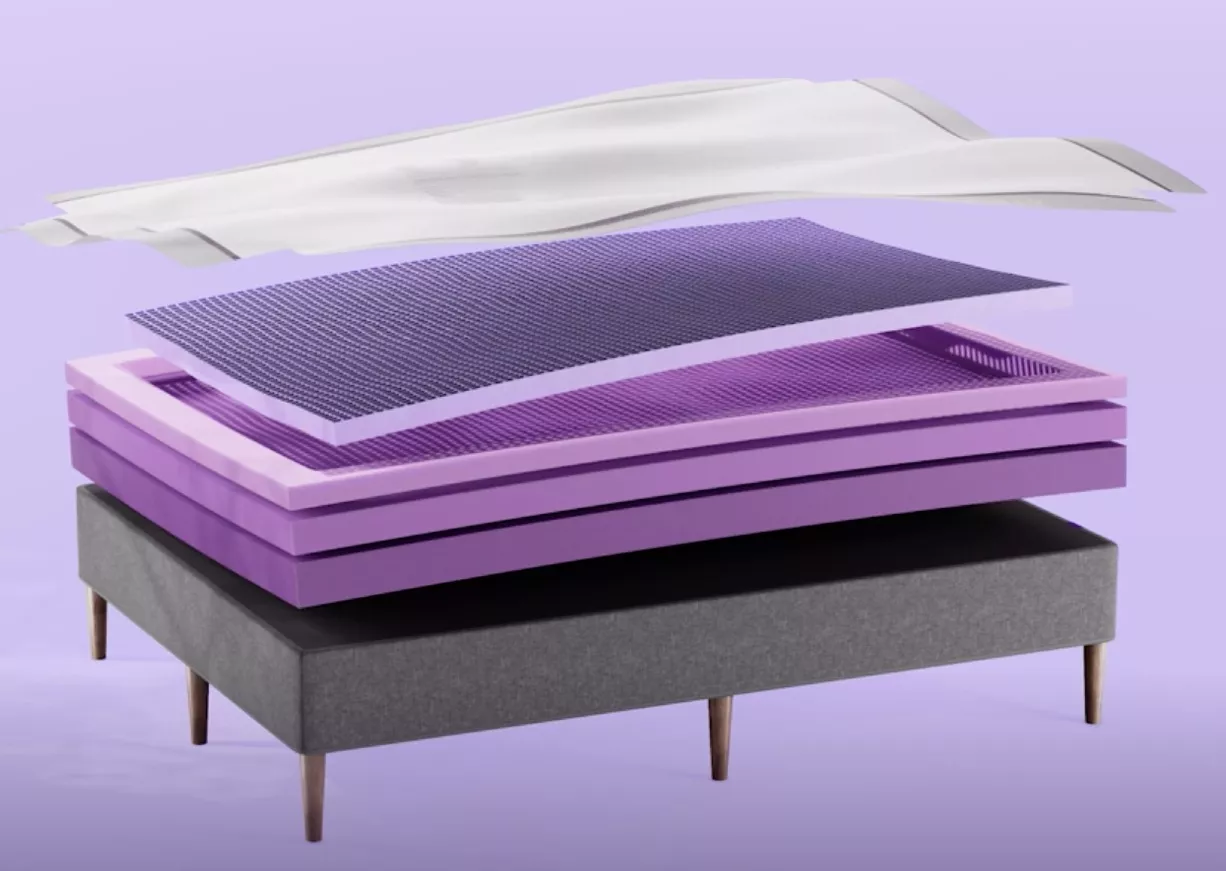
Alternatives and Competitor Practices
For consumers still wary of Purple’s past or seeking alternatives, several other mattress brands offer products with different fire retardant strategies. Some competitors use natural materials like wool as a fire barrier, which is both effective and less controversial. It’s advisable for shoppers to research thoroughly and inquire about specific fire barrier materials when considering different mattress brands.
Regulatory Standards and Certifications
Understanding the safety of mattresses goes beyond individual company practices. It’s important to look at the broader regulatory landscape governing the industry. In the United States, the Consumer Product Safety Commission (CPSC) sets standards for flammability requirements for mattresses under the Federal Mattress Flammability Standard (16 CFR Part 1633). Mattress manufacturers must comply with these regulations, ensuring their products pass rigorous testing to resist ignition from open flames.
Additionally, reputable mattress brands often seek third-party certifications to validate their claims regarding material safety, environmental impact, and overall quality. CertiPUR-US, for instance, is a certification program that ensures polyurethane foams used in mattresses meet specific criteria for content, emissions, and durability. The Global Organic Textile Standard (GOTS) and Global Organic Latex Standard (GOLS) are certifications indicating the use of organic materials in textiles and latex, respectively.
When researching mattresses, customers should consider looking for such certifications as an extra layer of assurance that the products they’re considering adhere to high safety and environmental standards.
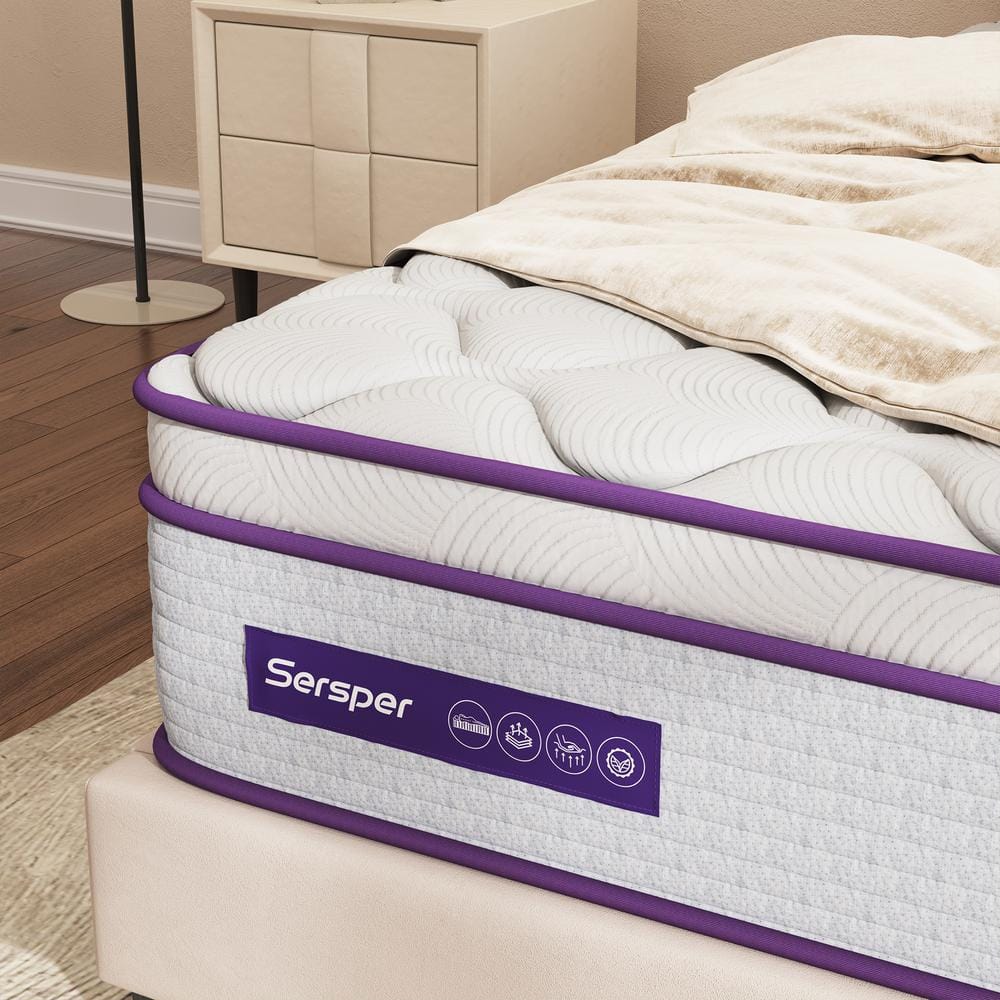
Customer Reviews and Transparency
In the era of online shopping, customer reviews play a significant role in shaping purchasing decisions. Reading through a diverse set of reviews can provide insights into real-world experiences with a particular mattress brand, including any recurring issues related to material safety or comfort.
Transparency from the manufacturer is equally vital. Companies that openly communicate about their materials, manufacturing processes, and any changes made in response to customer feedback demonstrate a commitment to accountability and customer satisfaction. Purple’s public acknowledgment of the fiberglass issue and their subsequent actions to resolve it is a positive example of this transparency.
Conclusion: Separating Fact from Fiction
In conclusion, the initial concerns surrounding fiberglass in Purple mattresses were valid based on a specific period in the company’s history. However, with the implementation of a new, non-fiberglass fire barrier, current Purple mattresses are free from this material. Consumers should feel reassured by Purple’s responsiveness to customer feedback and commitment to safety. As with any purchase, staying informed and understanding product updates is vital to making an educated decision. For those considering a Purple mattress today, the focus can return to evaluating the comfort, durability, and overall sleep experience provided by their innovative design.
The controversy surrounding fiberglass in Purple mattresses underscores the importance of continuous product improvement and open communication between companies and consumers. Purple’s swift action to address concerns and modify their products demonstrates a responsible approach to ensuring customer safety and satisfaction. For consumers, it highlights the need to stay informed about product specifications, regulatory compliance, and to choose brands that prioritize transparency and responsiveness to customer needs.









